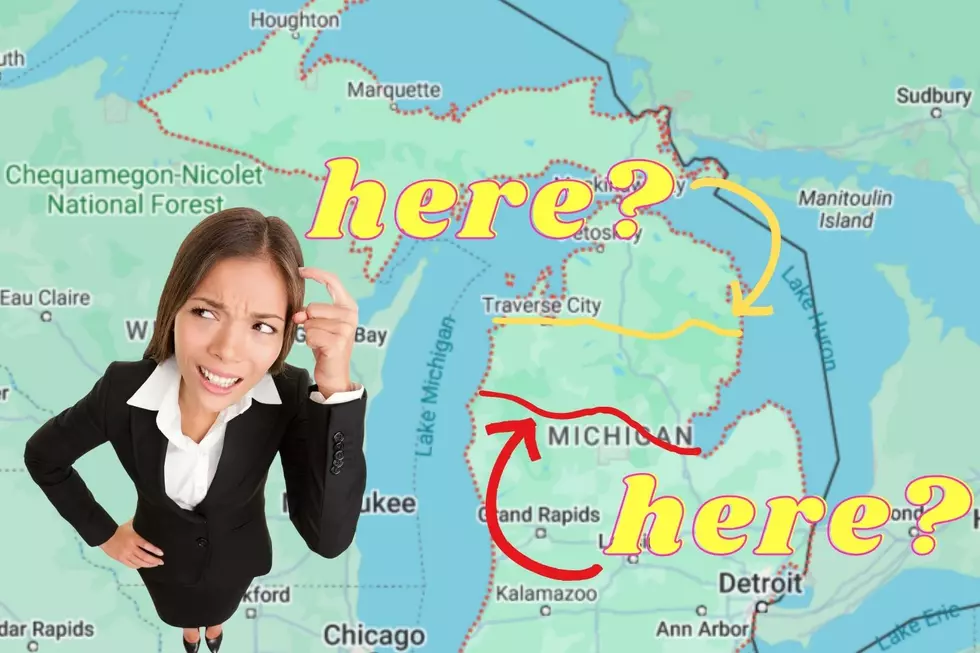![Ten Years Ago: A Derecho Ripped Through Grand Rapids [Video]](http://townsquare.media/site/46/files/2021/07/attachment-derecho.jpg?w=980&q=75)
Ten Years Ago: A Derecho Ripped Through Grand Rapids [Video]
It was on July 11, 2011 that straight line winds of over 80 mph plowed through West Michigan, leaving at least one person dead, and millions in damages.
The storm came in two waves that day, the first rolling in with a line of thunderstorms that hit about 7:25am. Those storms were typical, with winds hitting 40 mph and lightning strikes reported, maybe a couple of power lines down.
But it was the second wave that delivered the big punch.
The bow like wave that brought the straight lines winds, hit around 10:15am. This storm had picked up considerable momentum coming out of Iowa and through Wisconsin, and by the time they hit West Michigan, winds of over 80 mph had been reported.
At least one man in Cutlerville was killed by a falling tree, and whole lines of telephone and power poles were knocked over by the fierce winds, effectively causing power outages to most of West Michigan.
The Lakeshore was particularly hard hit by the storm, as was southwestern lower Michigan, from southern Kent County to the Indiana border. This footage was taken from Portage, a suburb of Kalamazoo, which demonstrates how intense, if brief, the storm was:
Derechos are straight line winds that come when fast moving thunderstorms gather momentum over space. This can cause something called a 'bow echo', which you can witness in the first video of the radar coverage.
Derechos move rapidly in the direction of movement of their associated storms, similar to an outflow boundary (gust front), except that the wind remains sustained for a greater period of time (often increasing in strength after onset), and may exceed hurricane-force. A derecho-producing convective system may remain active for many hours and, occasionally, over multiple days.
They are quite ominous when approaching, as evidenced by this NWS photo of the storm rolling in that morning.
LOOK: The most expensive weather and climate disasters in recent decades
More From 97.9 WGRD









